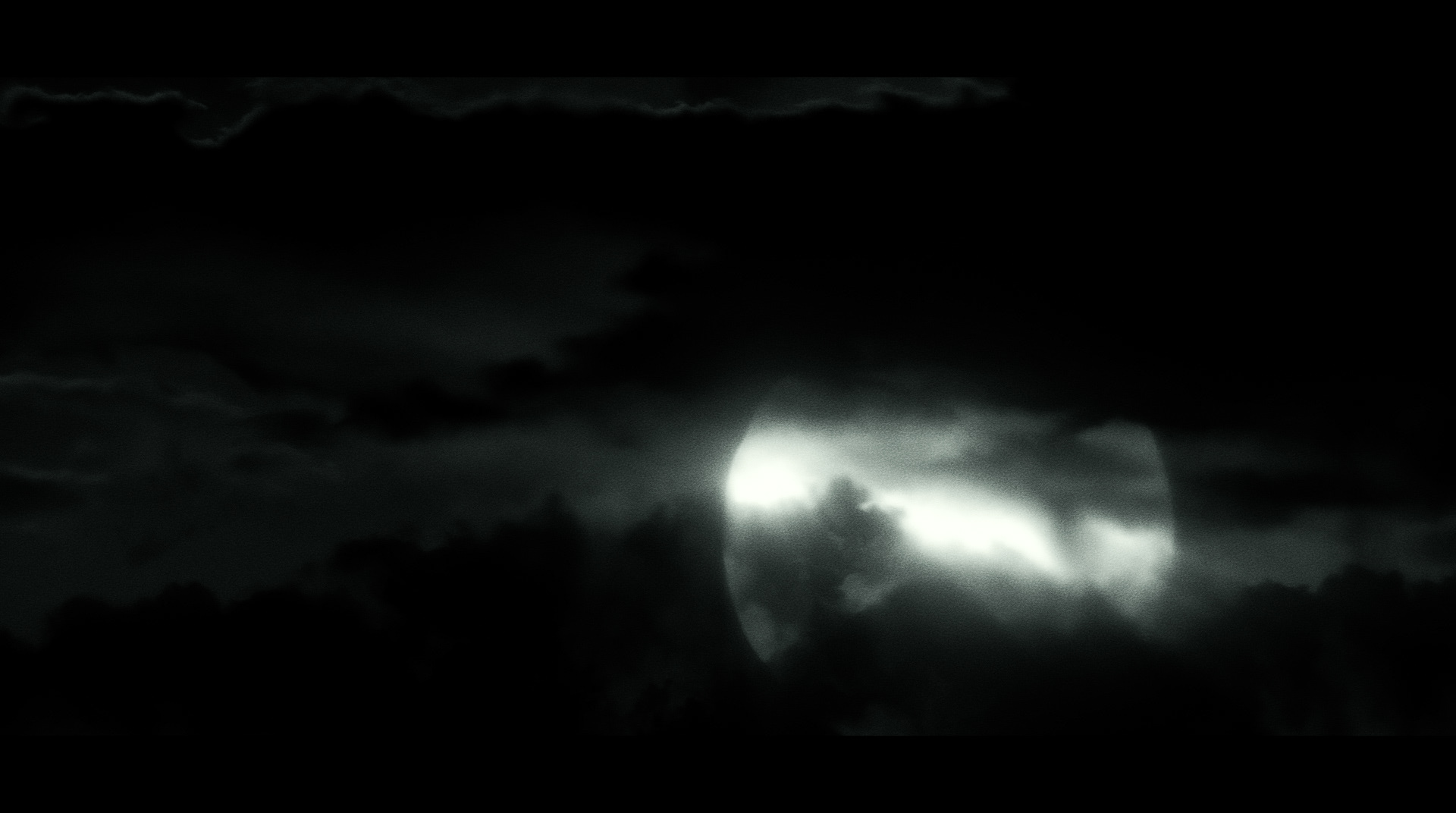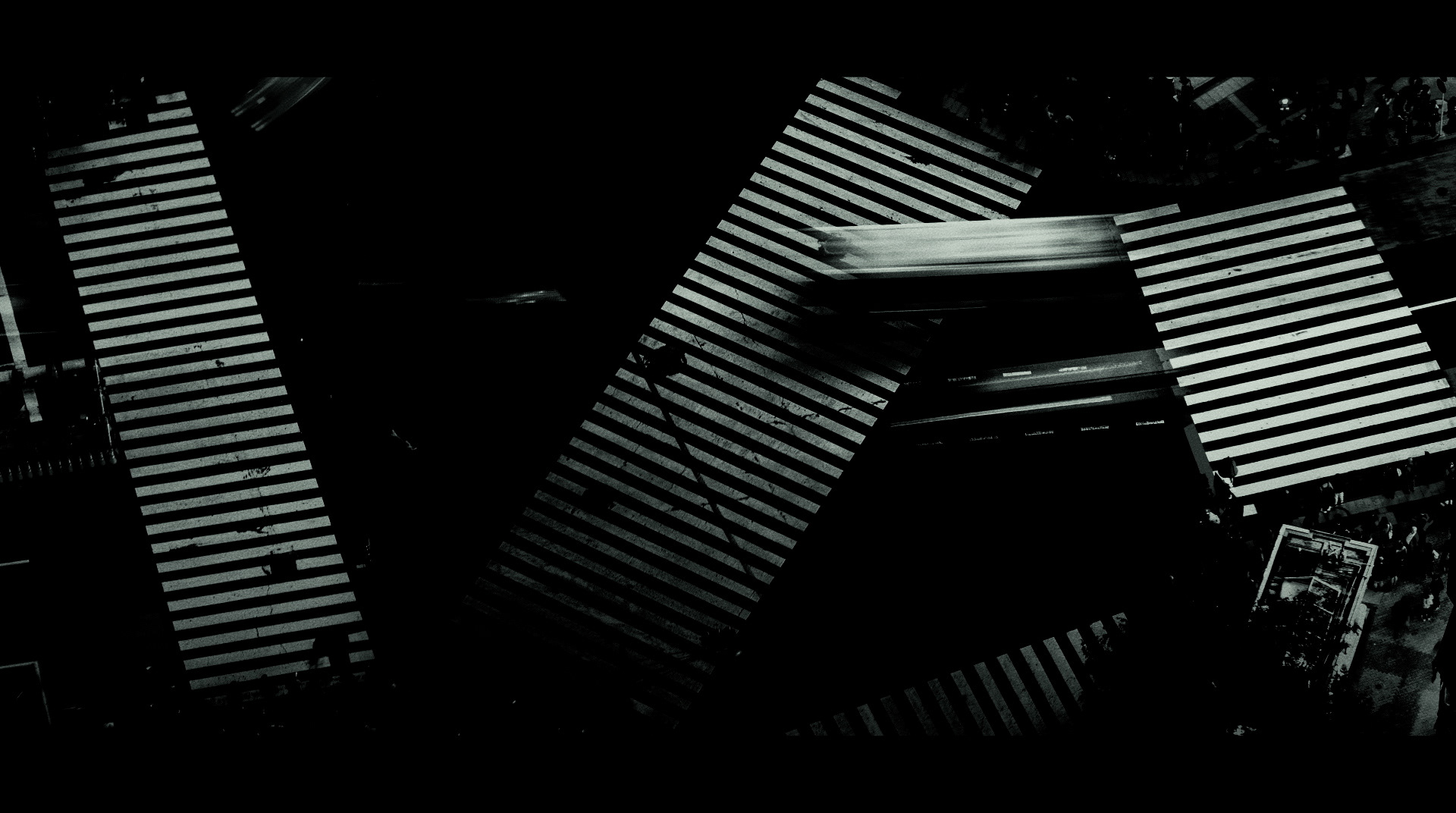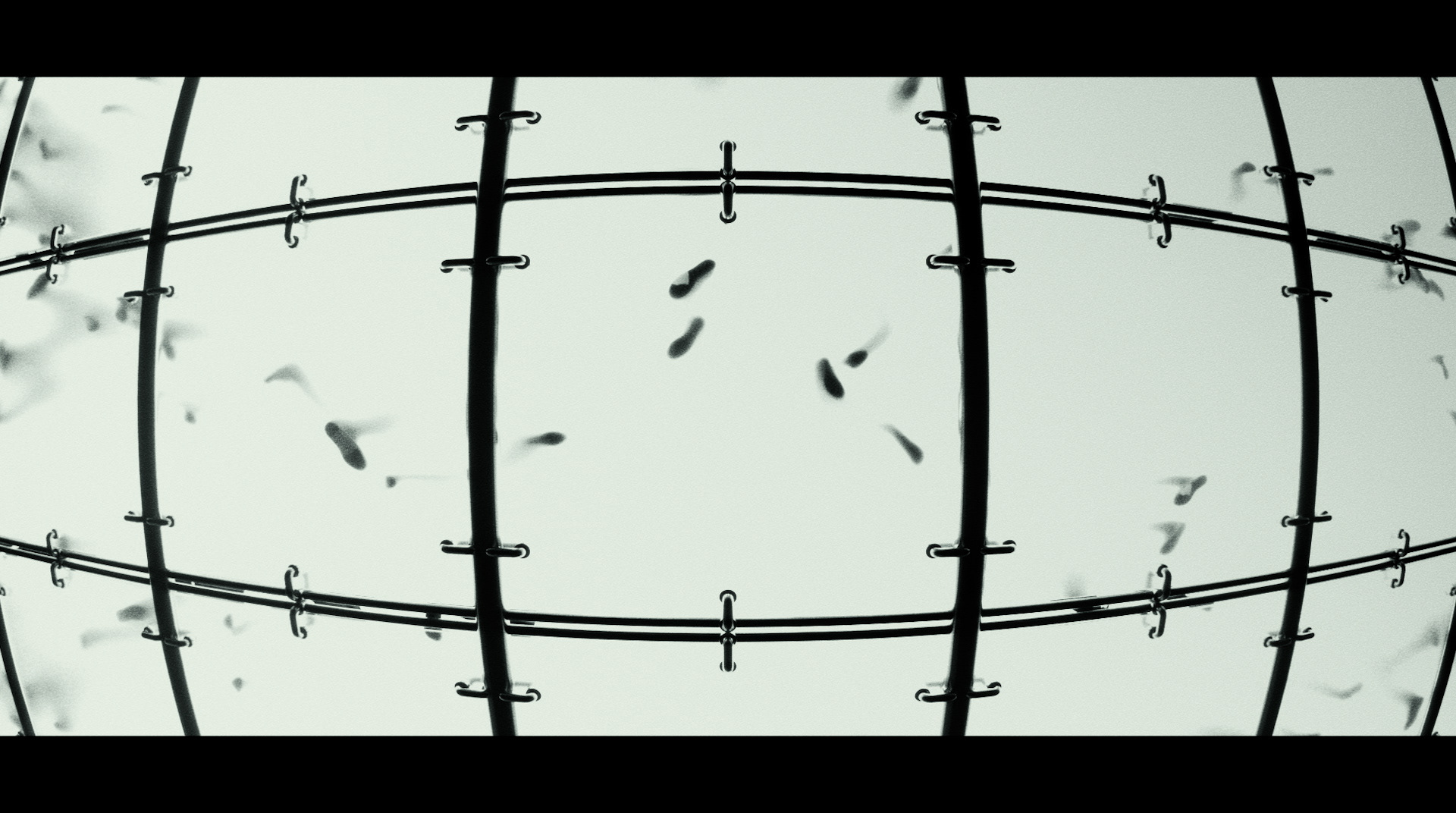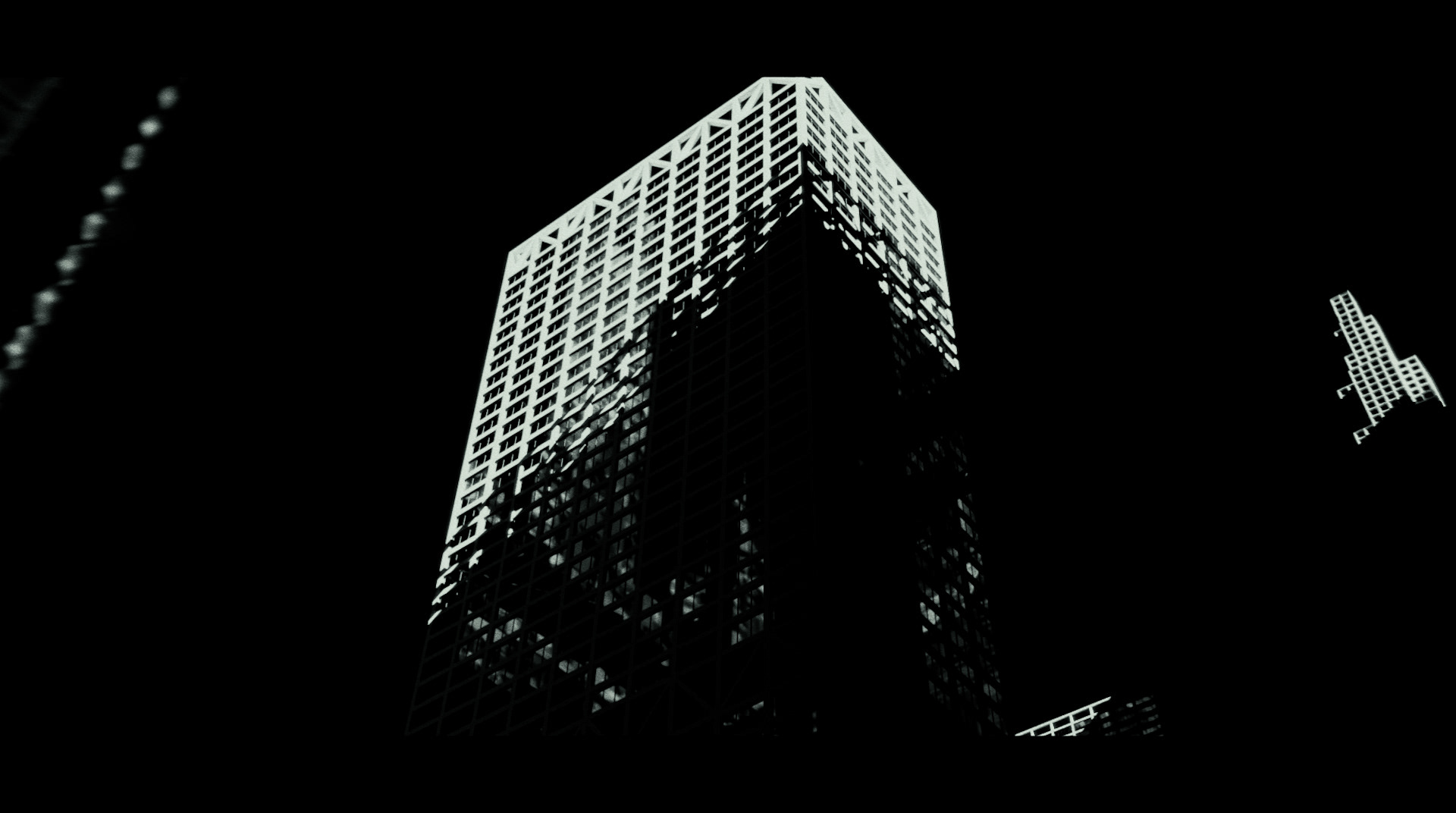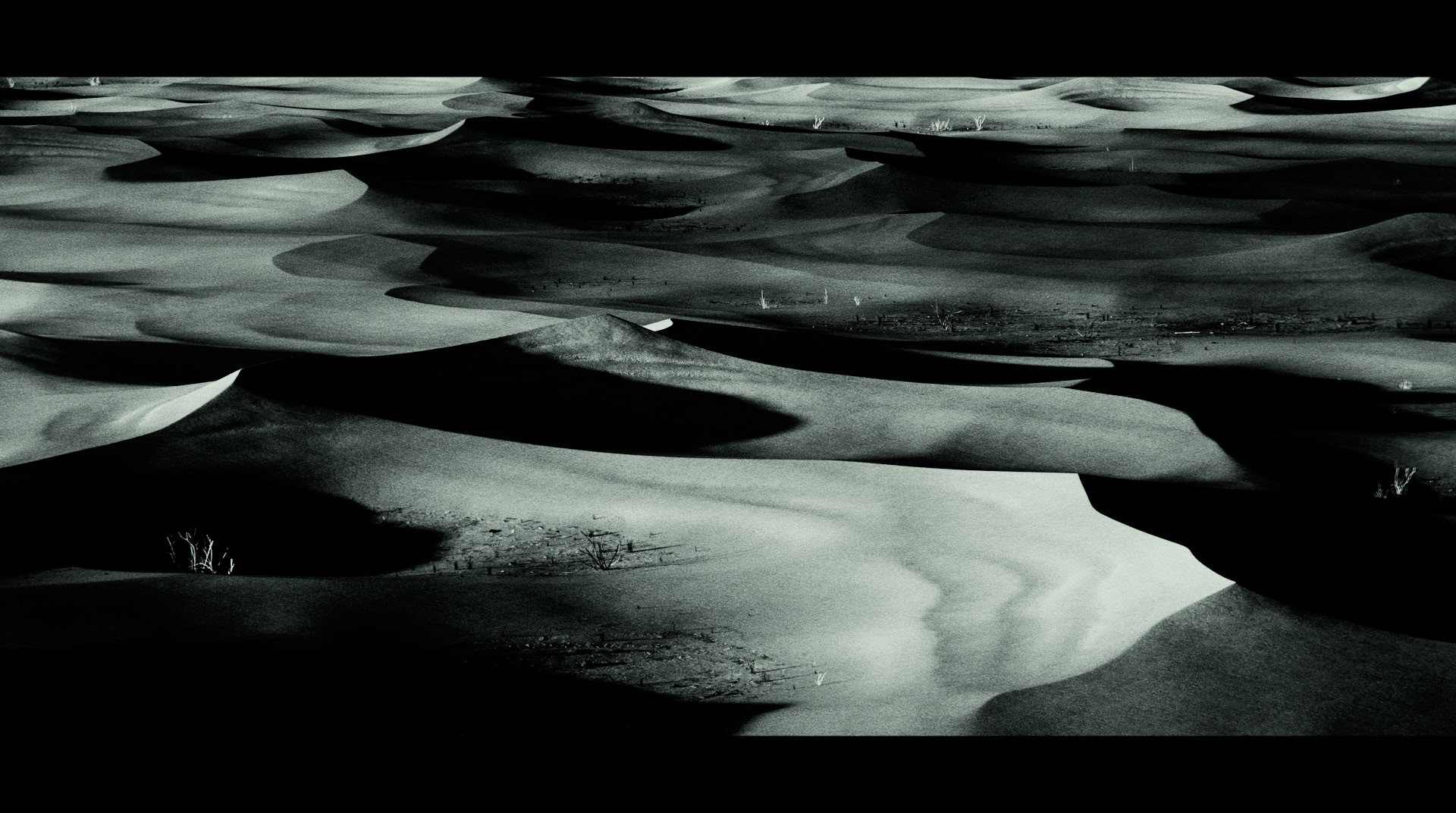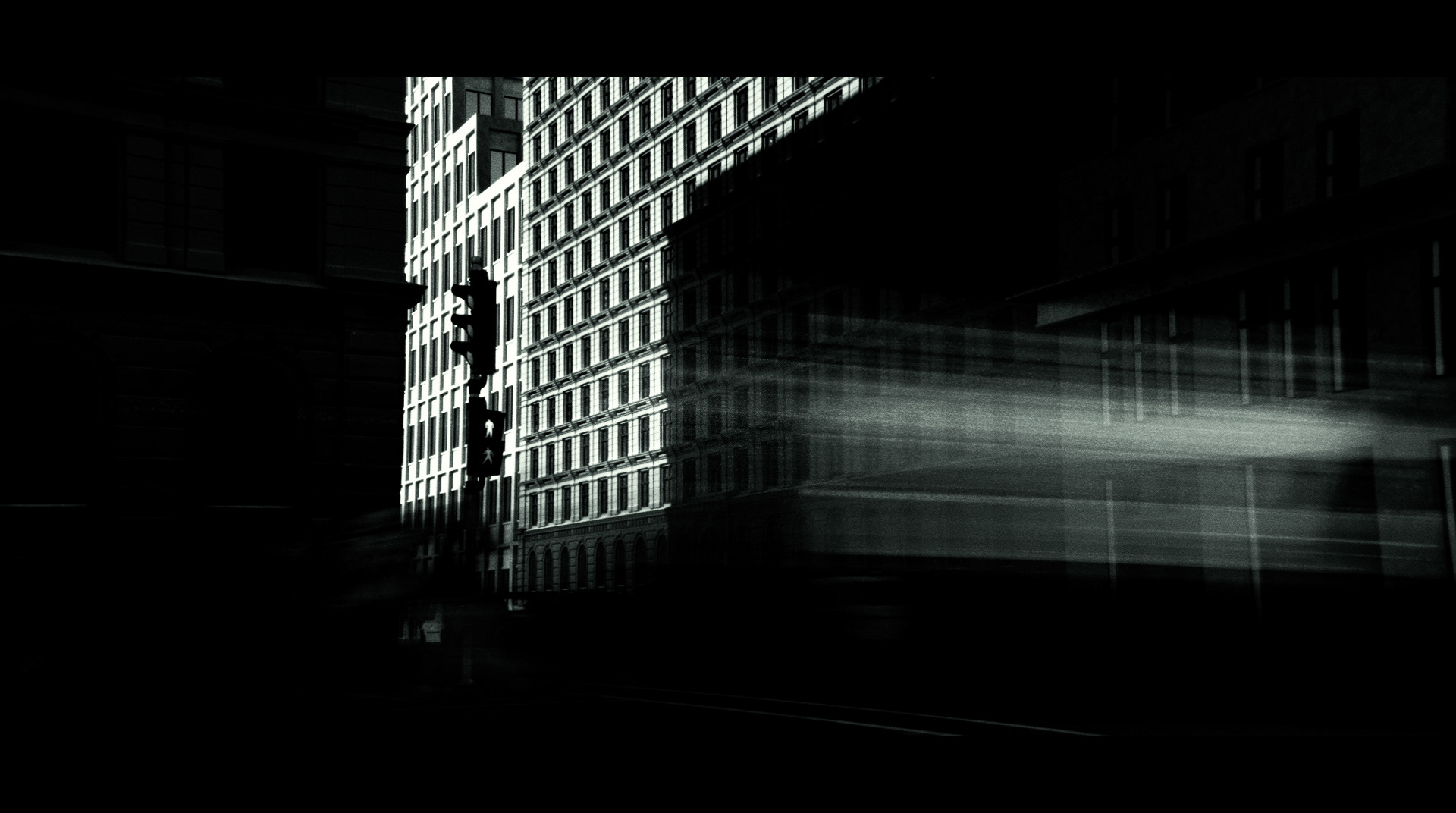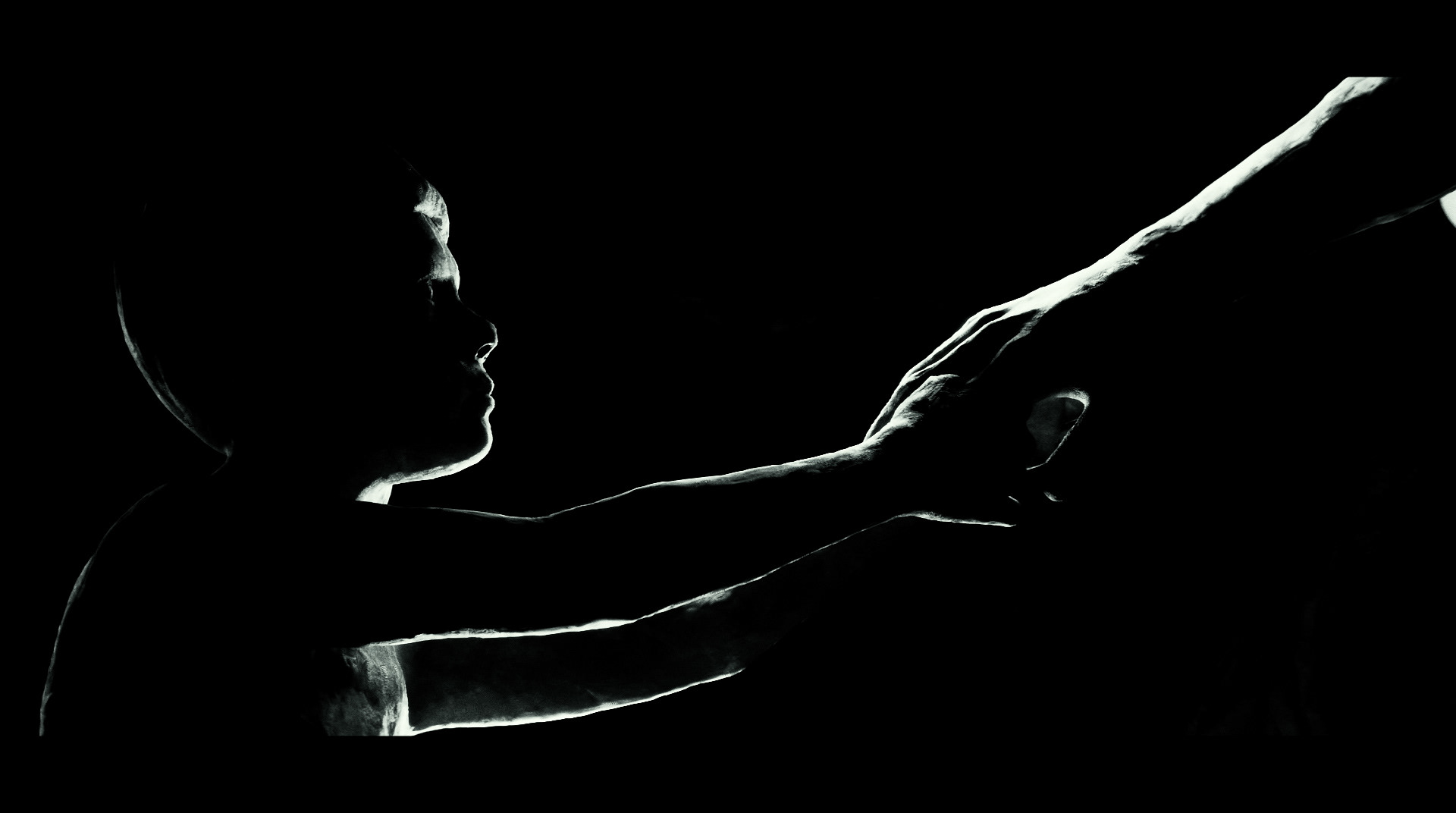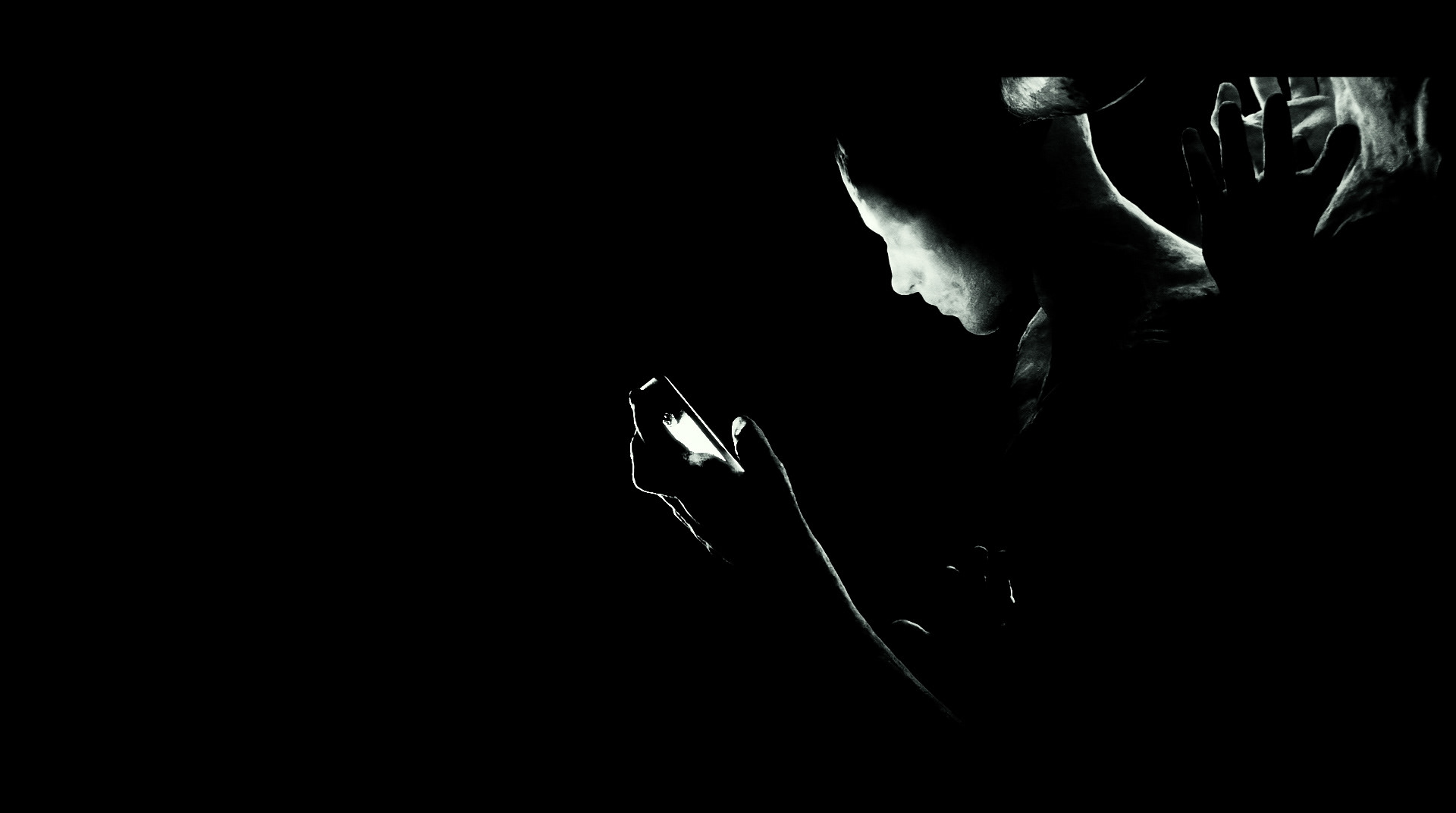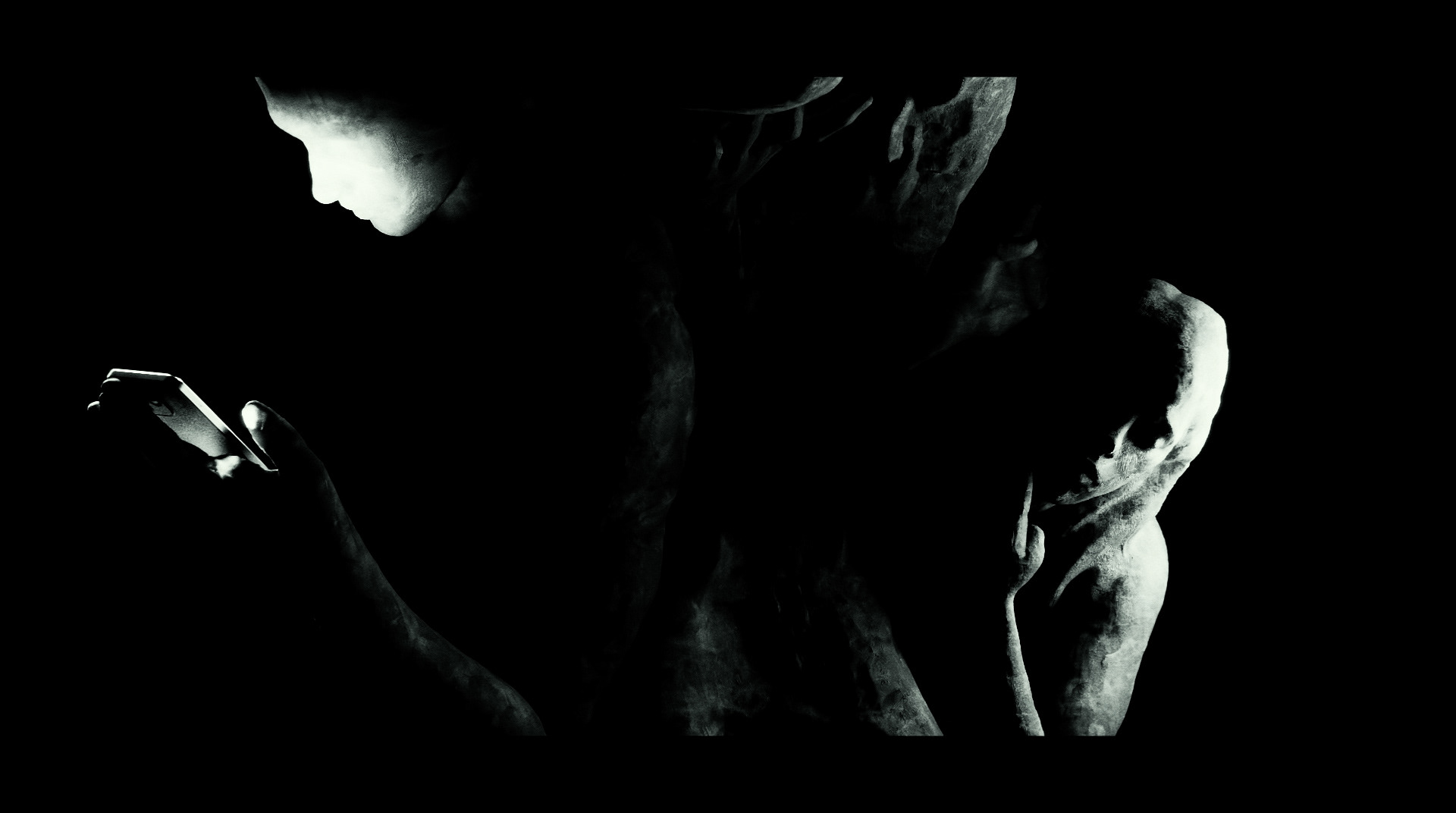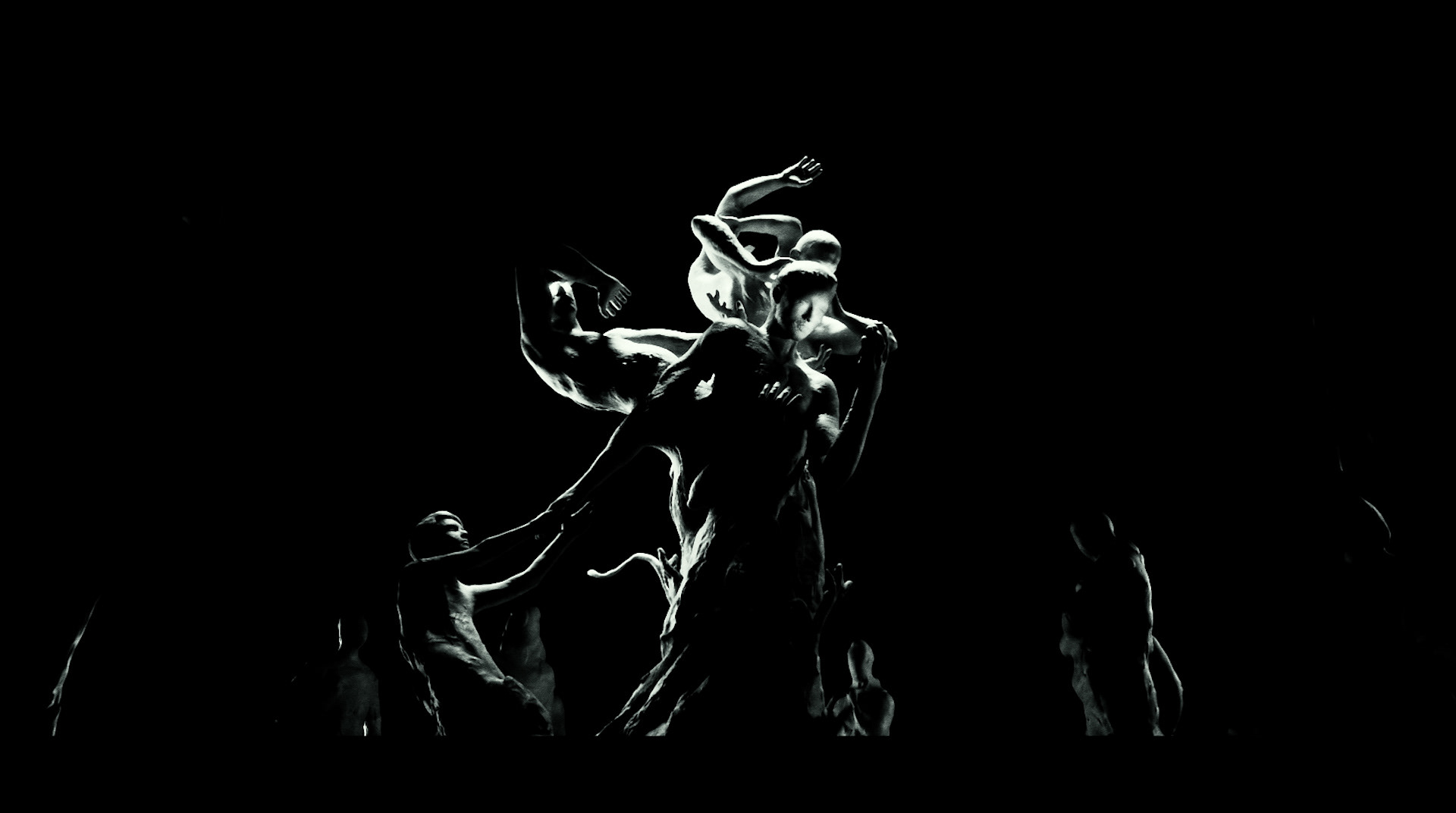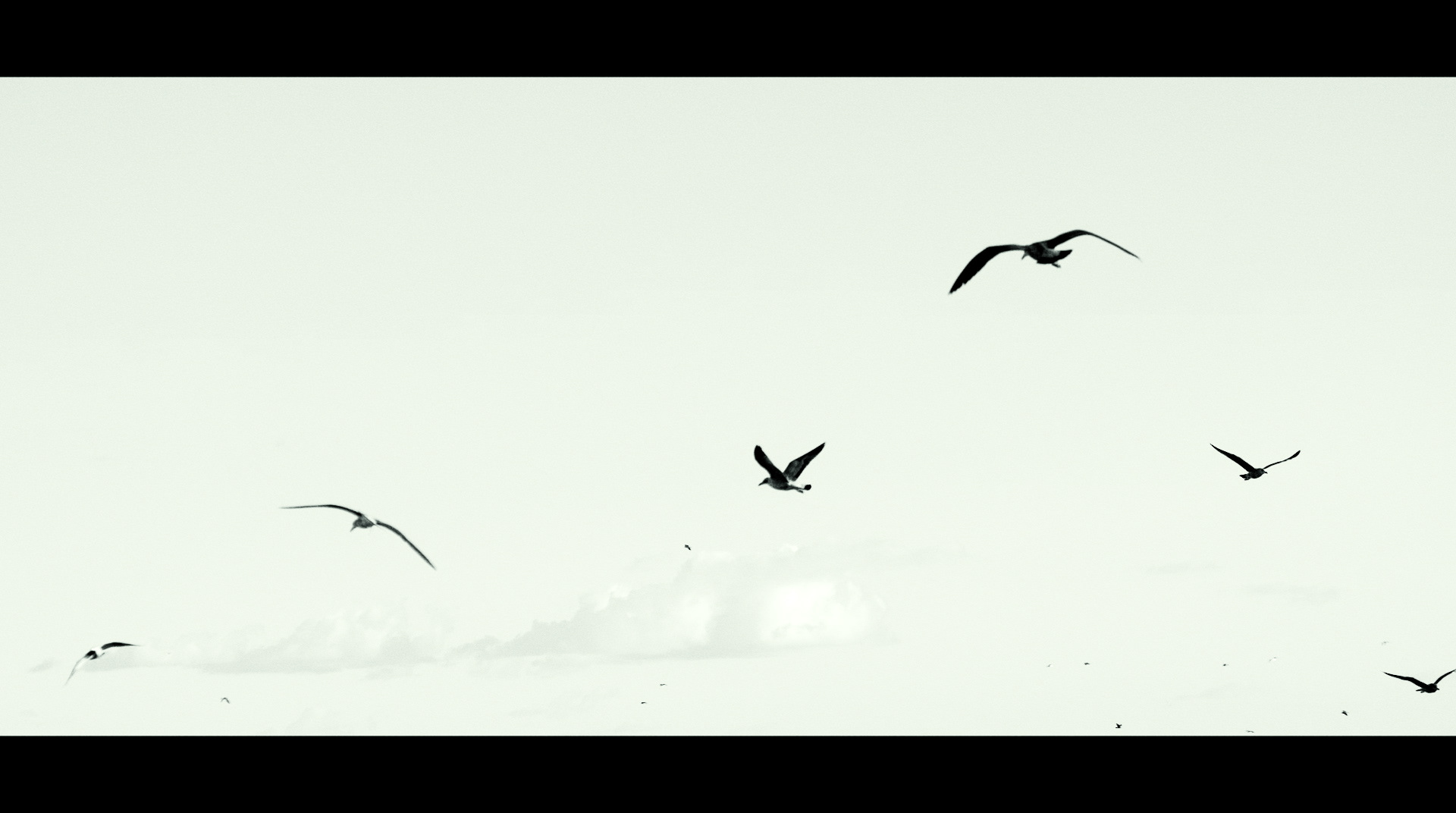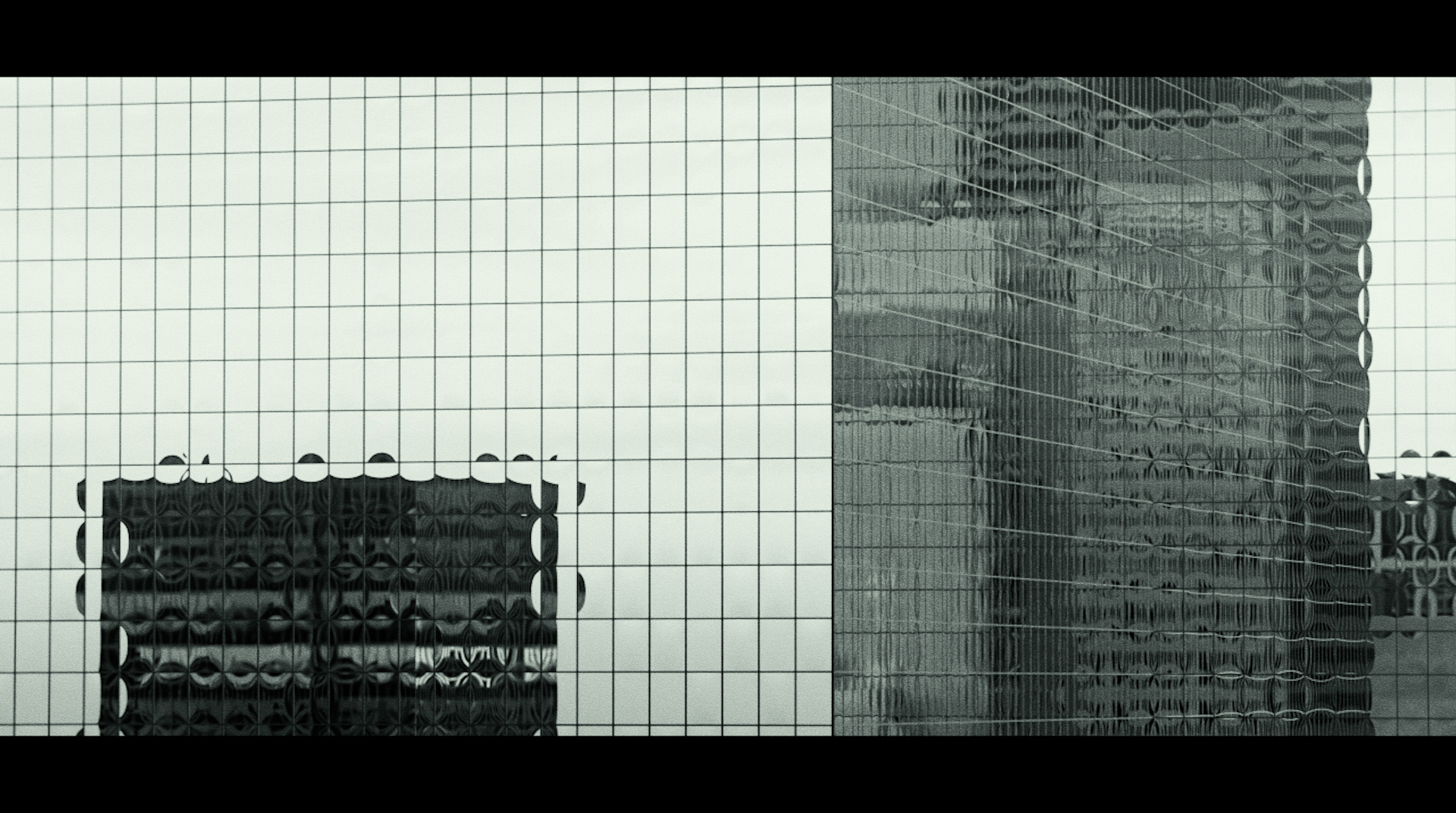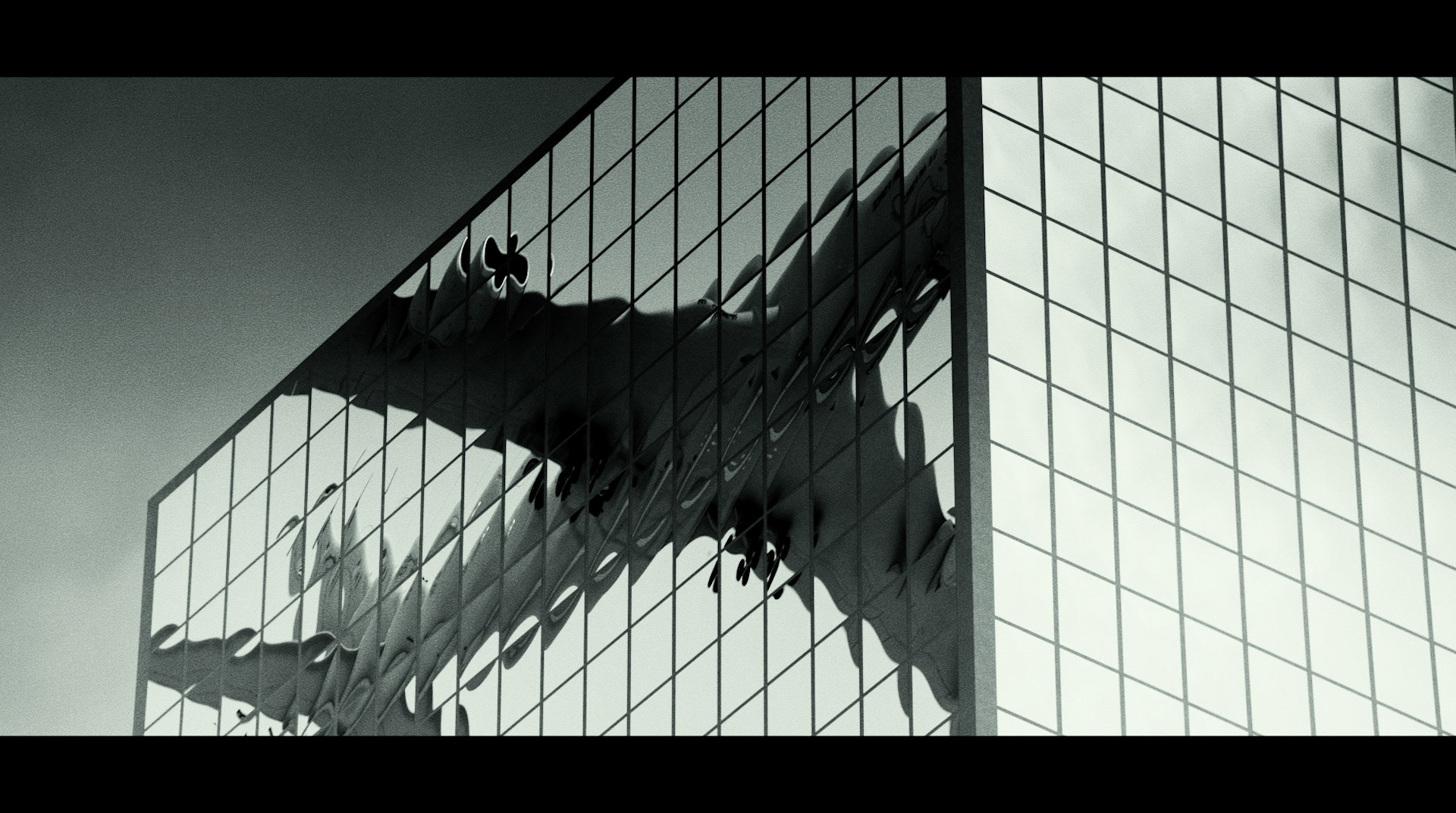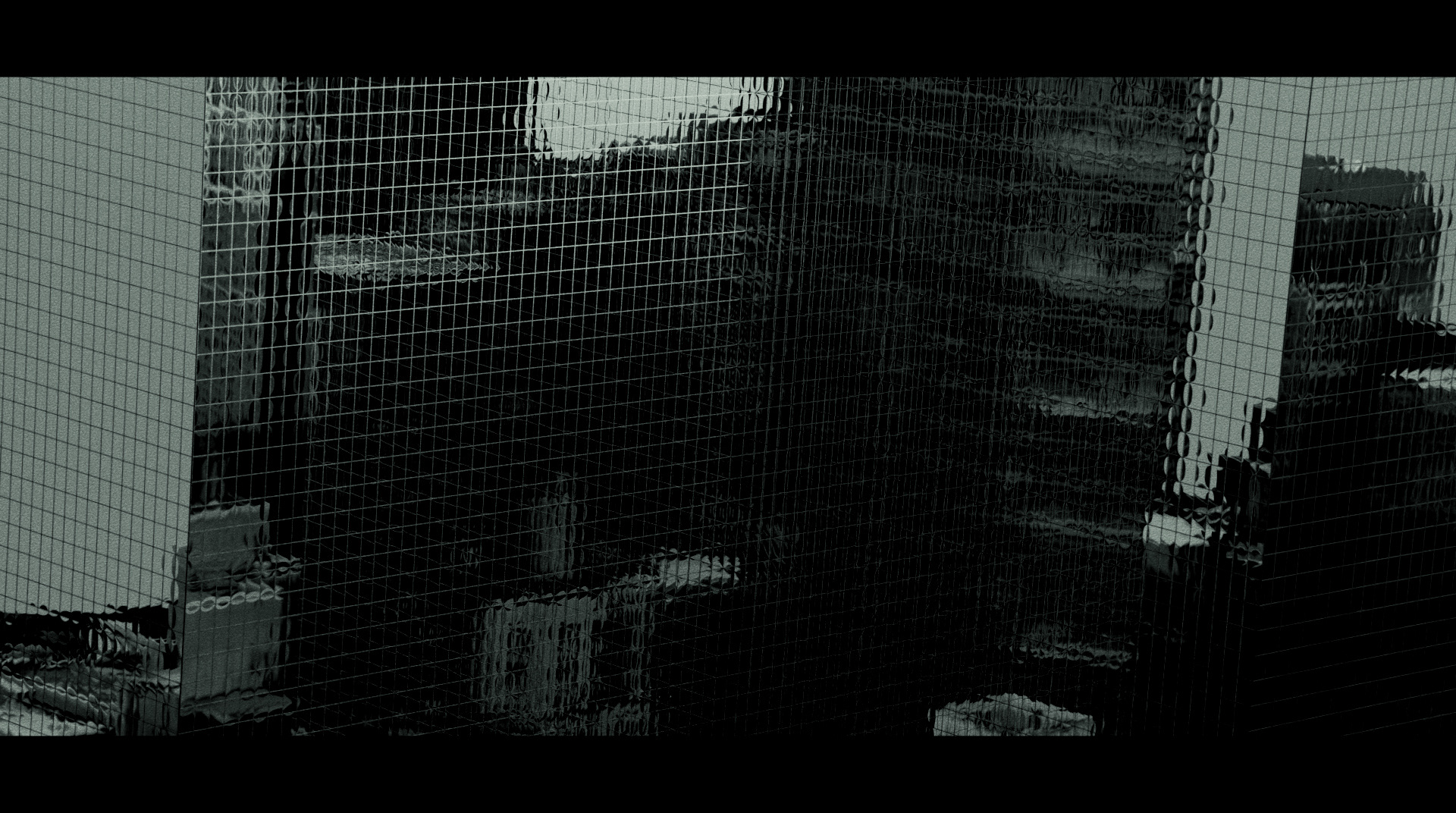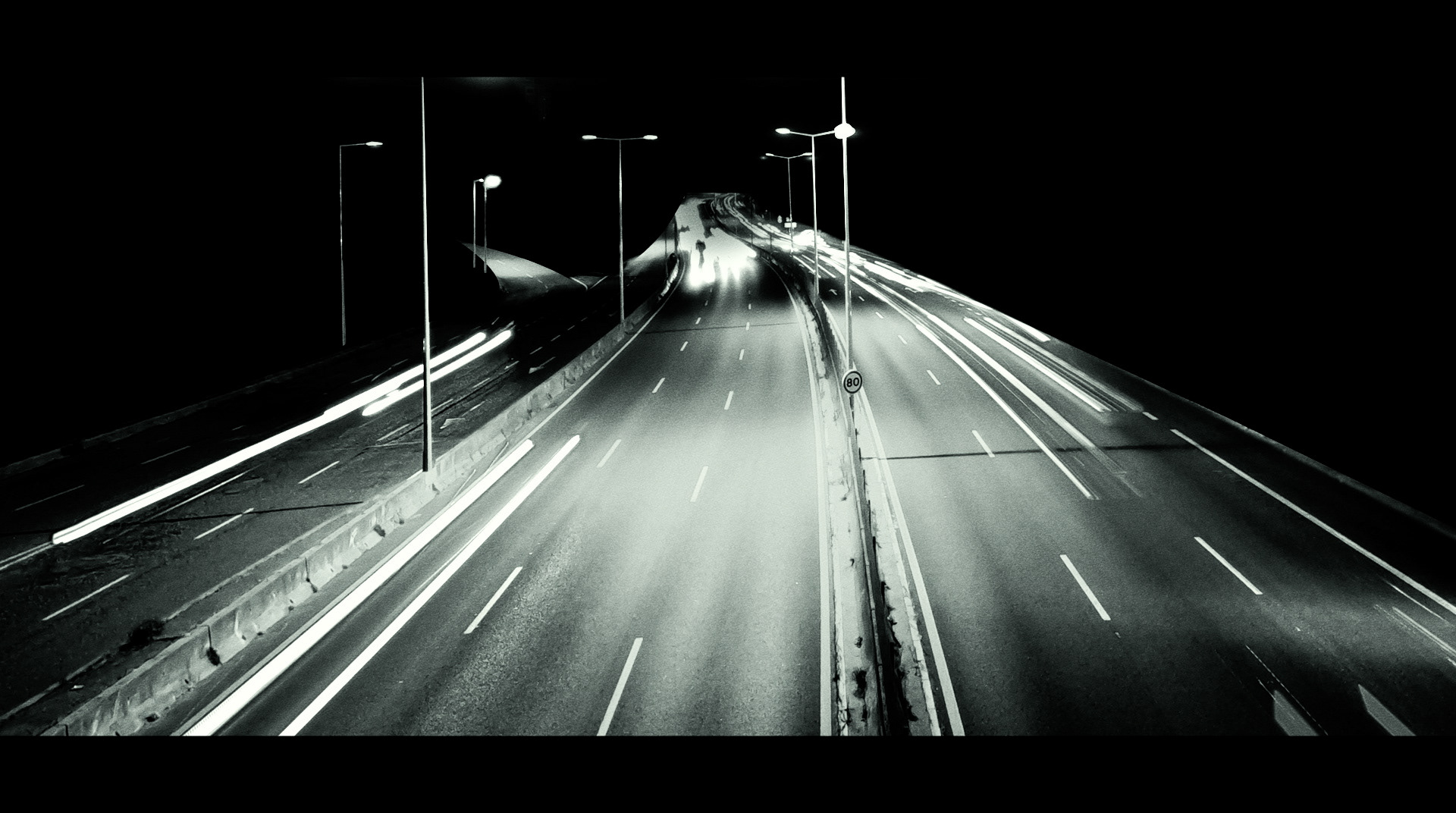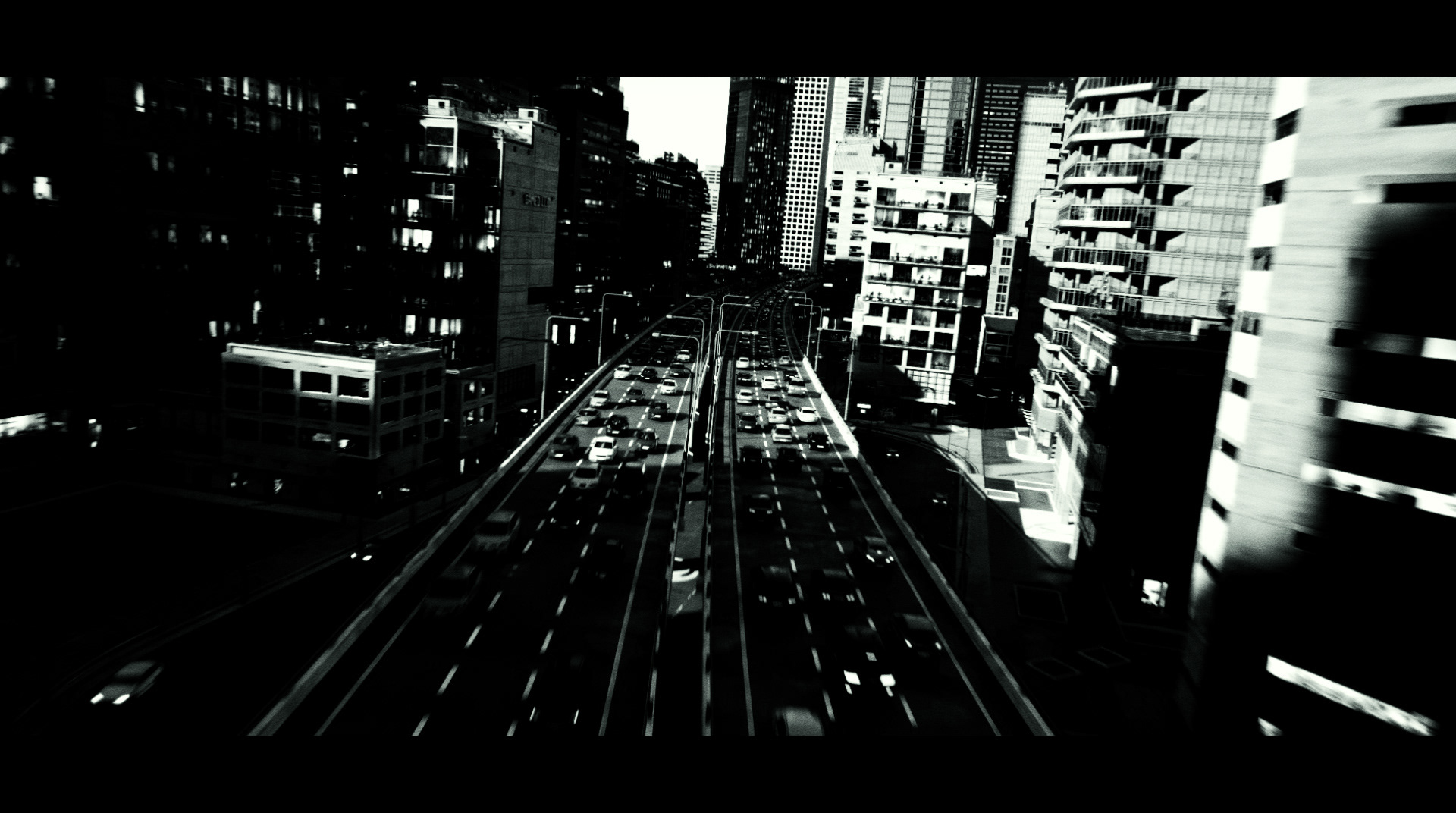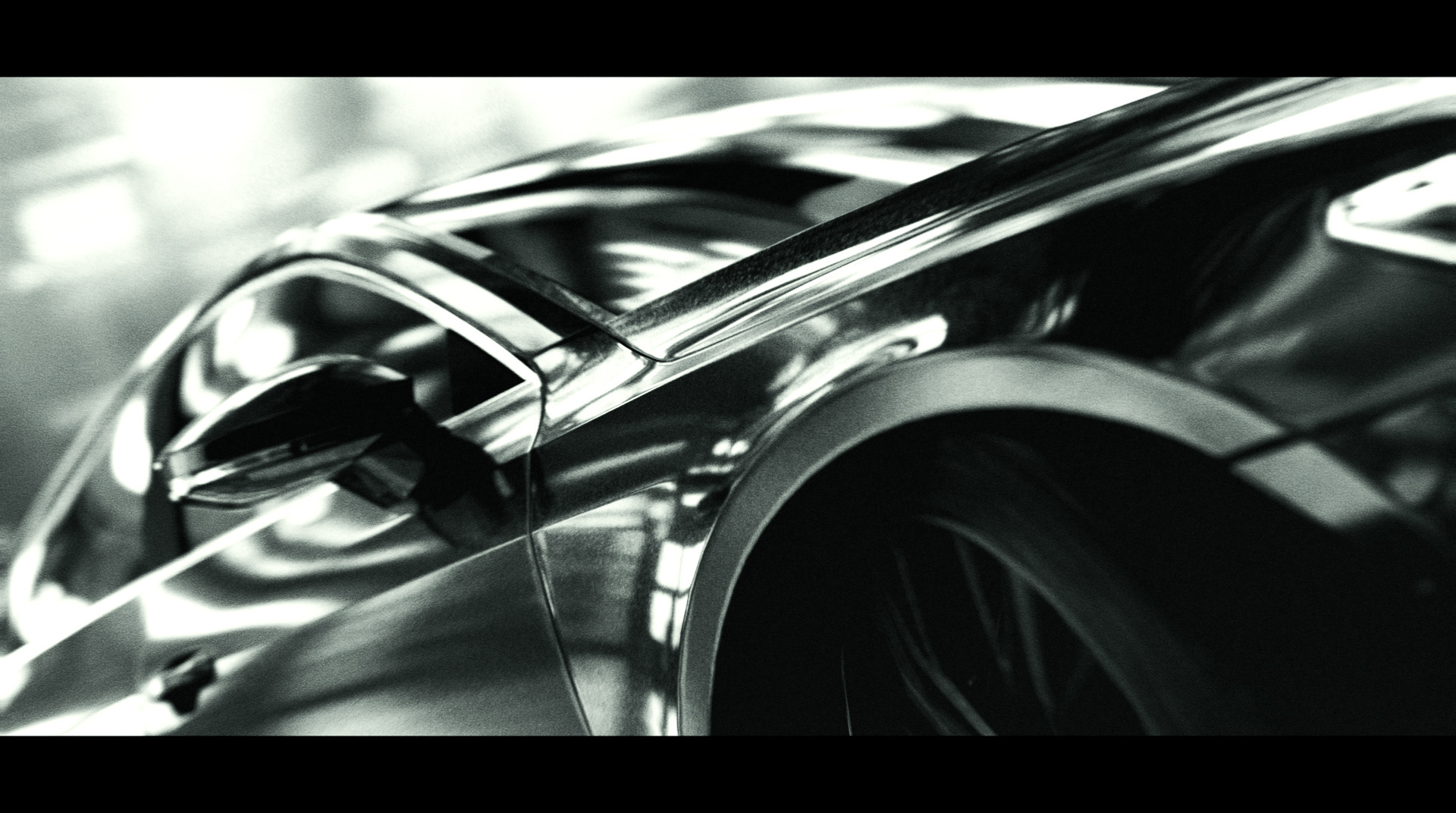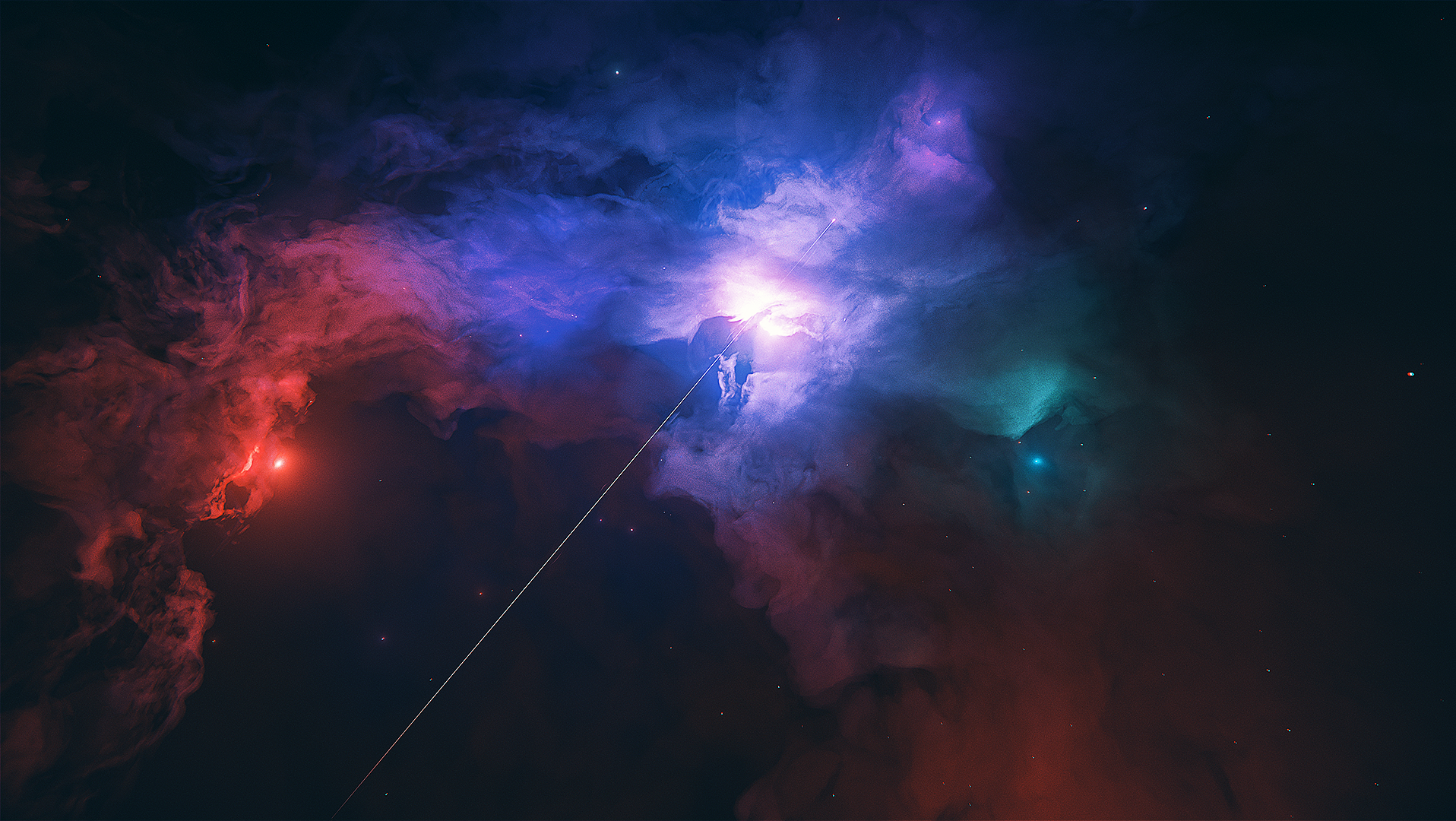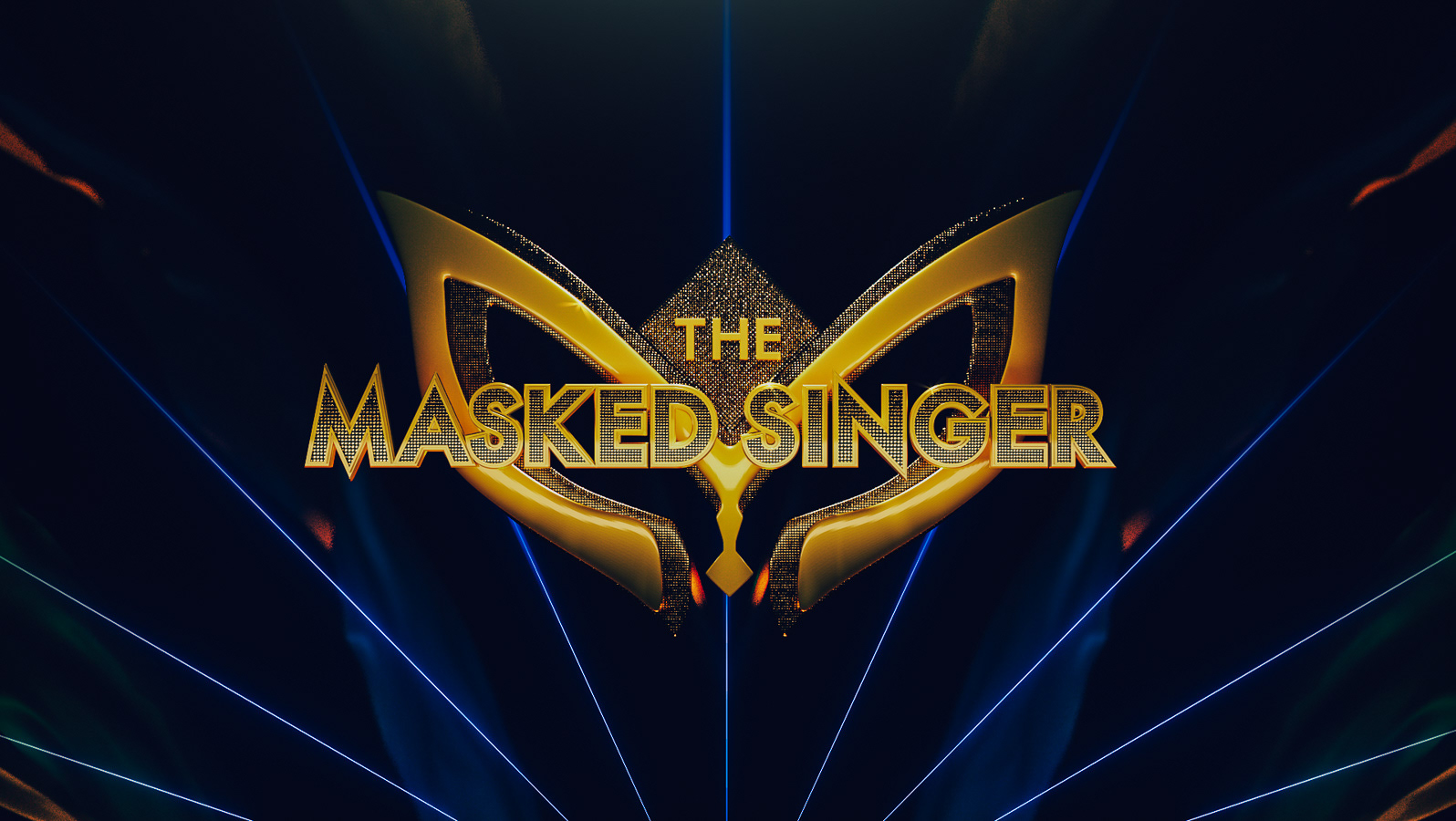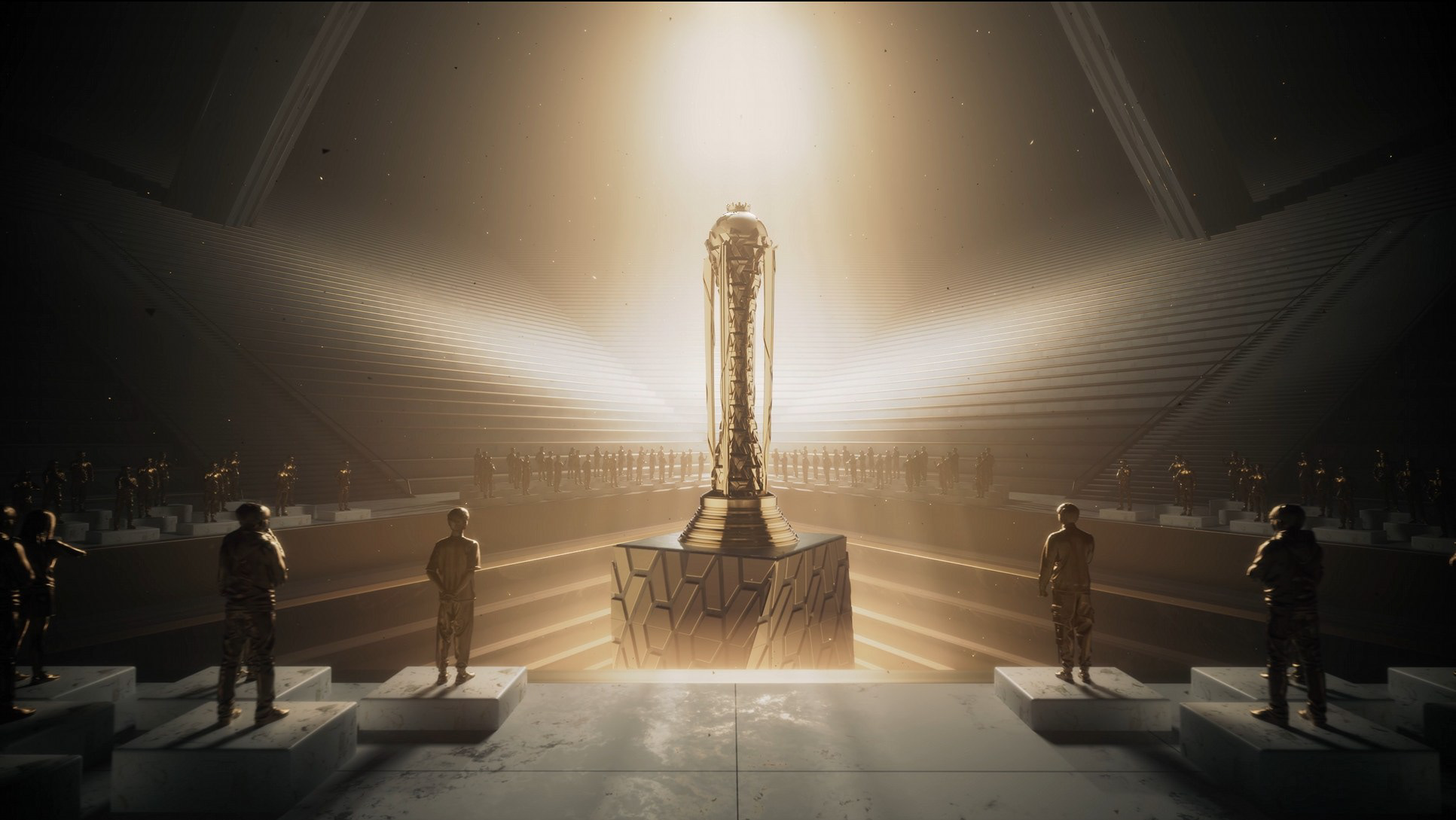"Kairos" is a visual journey inspired by the works of Godfrey Reggio, which led us to transform our ideas into images. The title comes from the Greek and means "the right moment" — the decisive instant when something can change. And that’s exactly what the film explores: the turning point of humanity.
Divided into three parts — the Awe, the Restlessness, and the Consequence — the film addresses balance, perspectives, and the consequences of human choices. It shows what we were, what we’ve become, and where we are headed. It begins with the calm and balance of nature, moves through the chaos and disconnection of the modern world, and ends in a distorted and confusing future, where the question arises: is there still time to change?
Without dialogue, the film uses the dynamics between light, shadow, and negative space to create a visual reflection on the impact of technology, the accelerated pace of modern life, and the disconnection we feel from our roots. Through these aesthetic choices, light and shadow reflect both the areas of clarity and darkness that we experience in different phases of our evolution. Negative space, in turn, symbolizes the emptiness that arises when balance is lost, becoming a powerful visual metaphor for alienation and the loss of direction. Inspired by Reggio’s approach, the combination of visual elements like movement and contrast creates a sensory experience that provokes the viewer to reflect on the consequences of unchecked progress and what kind of future we are building.
Why?
Because we feel that we are at a critical moment, as if the world is crying out for change. Godfrey Reggio's works reminded us of the power of cinema as a tool for reflection, and "Kairos" is our way of contributing to that conversation — inviting people to think about what we are doing to the planet, to our lives, and to our future.
